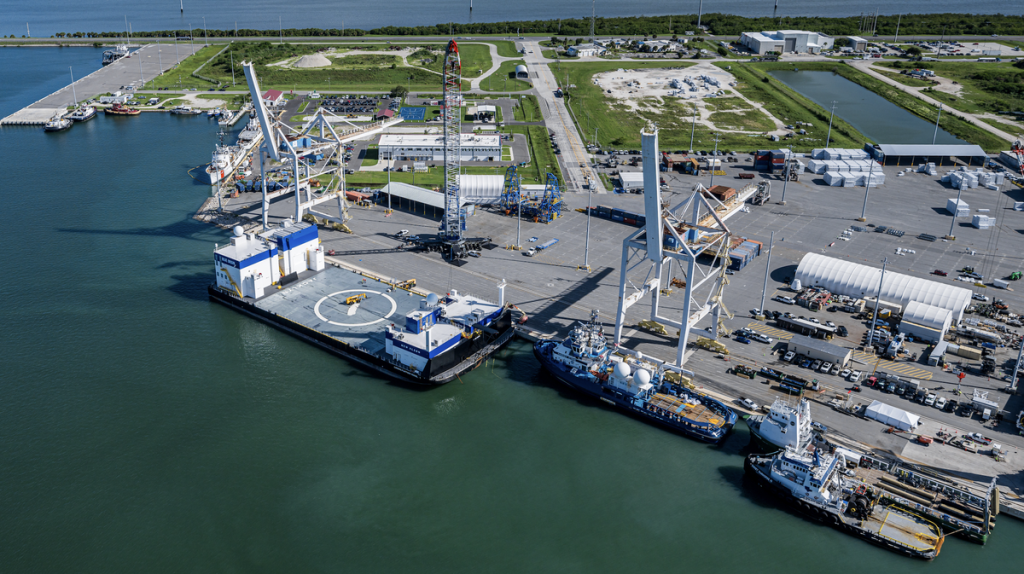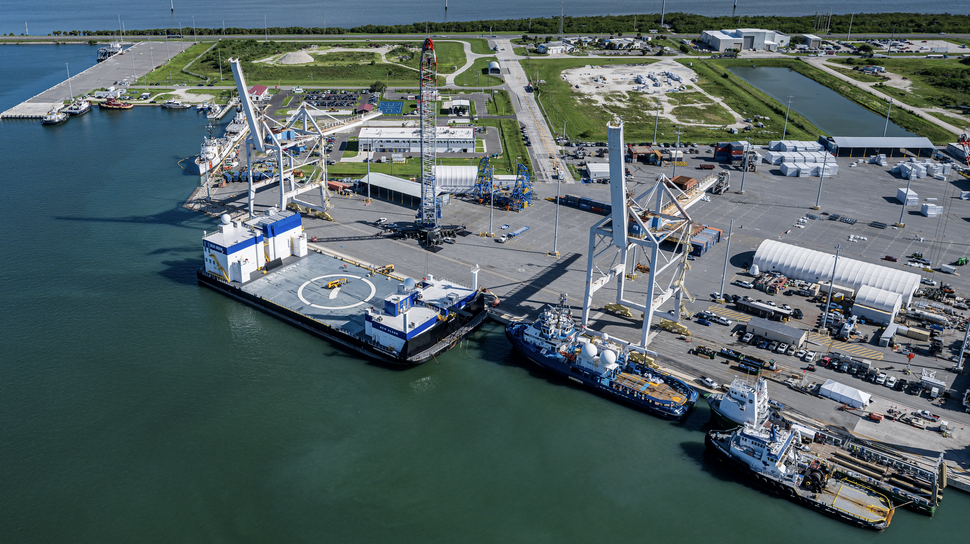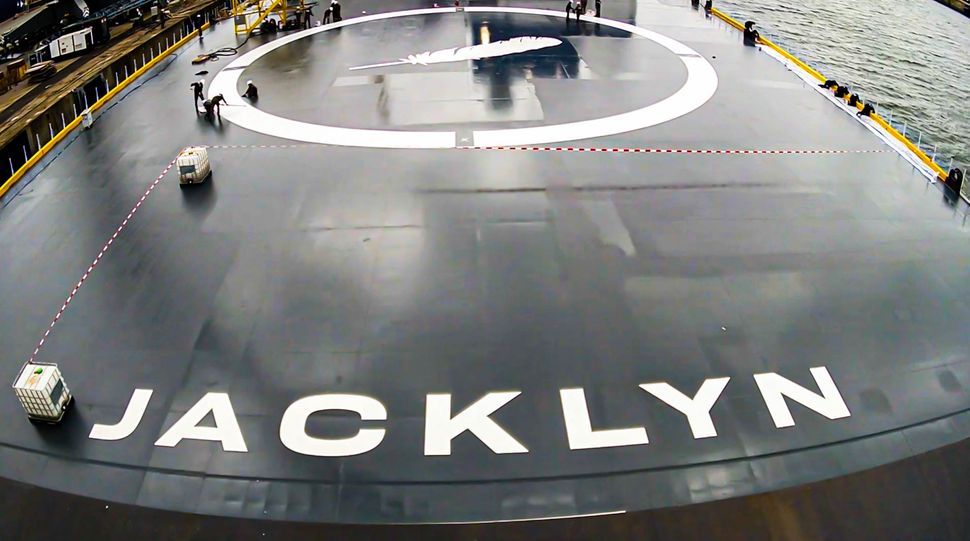
Blue Origin droneship arrives in Florida ahead of 1st New Glenn launch (video, photos) (Image Credit: Space.com)
More pieces are coming together for the first-ever flight of Blue Origin’s huge New Glenn rocket.
That mission, scheduled to lift off on Oct. 13, will send NASA’s twin ESCAPADE probes toward Mars from Cape Canaveral Space Force Station in Florida. It will also include a landing attempt by New Glenn‘s first stage on a droneship named “Jacklyn,” which just arrived at nearby Port Canaveral to prep for the big day.
“Welcome home, Jacklyn. This sea-based landing platform is where New Glenn’s reusable booster will return home again and again after each mission to quickly refurbish for its next flight,” Blue Origin said today (Sept. 4) in a post on X, which included a video and photo of the droneship.

Jacklyn is 380 feet long and 150 feet wide (116 by 46 meters), according to Space Offshore. It’s named after the mother of Jeff Bezos, the billionaire founder of Blue Origin. (“Jacklyn” is a nickname, however; the ship’s legal moniker is “Landing Platform Vessel #1.)
Jacklyn is a new ship that was specially designed to be a New Glenn landing platform, Space Offshore reports. Construction on the ship began in Romania last year and wrapped up in Brest, France in the last month or so. Jacklyn departed Brest for Florida on Aug. 8.
The new ship won’t be the first to serve as a landing platform for orbital-class rockets, of course: SpaceX operates a fleet of three droneships, which service launches from Florida’s Space Coast and Vandenberg Space Force Base in California.
The SpaceX vessels are named “Just Read the Instructions,” “Of Course I Still Love You” and “A Shortfall of Gravitas” — all nods to the works of legendary sci-fi author Iain M. Banks.
Related: Facts about Blue Origin, Jeff Bezos’ spaceflight company

A successful New Glenn landing on Oct. 13 is a secondary objective; the main goal is to get the two ESCAPADE (Escape and Plasma Acceleration and Dynamics Explorers) spacecraft, named Blue and Gold, safely on their way to Mars.
If all goes according to plan, Blue and Gold will arrive in orbit around the Red Planet in September 2025. After a commissioning period, the satellites will collect a variety of measurements quantifying Mars’ response to space weather, information that could help scientists better understand how the planet’s climate has changed over the eons.








